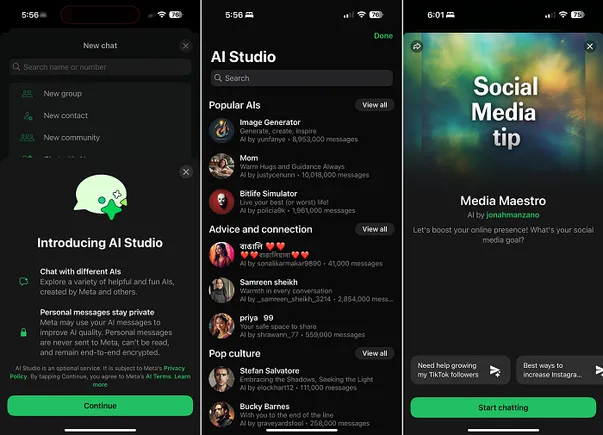Zero downtime, maximum performance: Expert insights on building always-on applications


A single second of downtime. A million lost customers. In the hyper-connected world, the margin for error is razor-thin. So, how do you build applications that don't just survive, but thrive under relentless pressure? At a recent roundtable discussion hosted by Databricks and YourStory, industry leaders and technology experts came together to delve into the challenges and best practices of architecting applications that can efficiently handle high traffic, complex data flows, and evolving user expectations.
The discussion, moderated by Ipsita Basu of YourStory, featured distinguished panelists, including Nimesh Verma, CTO PL Division, LendingKart; Gaurav Gupta, VP Engineering, Acko; Tapo B, Engineering Manager, Acko; Ramesh Kumar Saxena, Head of Data and AI Platforms and Engineering, PharmEasy; Shrivatsa Swadi, Senior Director of Engineering, Setu; Paulami Das, Senior Director - Data Science and Engineering, PayU; Nilesh Soni, Technical Architect, MoEngage; Simrat Hanspal, Principal AI Engineer, Hasura; Sushil K, Senior Engineering Manager, HackerRank; Subhash Dhaka, Director, Data Platform, Moneyview; Eby Chembola, Director of Engineering, Zeta; Ravi Sharma, Associate Director, Lendingkart; Malashree J D, VP Technology, PineLabs; Mohan Devarapalli, Senior Director of Engineering, PayU; and Sumaer Bahl, Head - Digital Native Business, Databricks.
The scalability imperative: Why businesses can’t afford downtime
The discussion opened with a focus on the fundamental pillars of scalability and responsiveness. Panelists agreed that scalability is no longer a luxury but a necessity, especially with businesses increasingly reliant on digital interactions. They emphasized the importance of designing applications that can dynamically scale based on demand while ensuring minimal downtime and optimal performance. Cloud-native architectures, microservices, and event-driven frameworks emerged as key enablers of scalable systems.
One of the key themes explored was the role of microservices in modern application architecture. Panelists highlighted how breaking down monolithic applications into microservices allows teams to work on independent components, enabling faster development cycles and reducing the impact of failures. However, they also pointed out challenges such as managing inter-service communication, monitoring distributed systems, and ensuring data consistency across services. The adoption of service meshes and API gateways was suggested as a viable solution to streamline communication and enhance security.
Data architecture was another crucial topic of discussion. With businesses generating and processing massive volumes of data, building resilient data infrastructure is imperative. The panelists emphasized the importance of choosing the right databases, implementing efficient indexing strategies, and leveraging caching mechanisms to enhance performance. Real-time data processing and analytics were also discussed, with experts highlighting how event-driven data pipelines and stream processing frameworks like Apache Kafka and Flink can power real-time decision-making and personalized user experiences.
Security at scale: Safeguarding applications in a hyper-connected world
Security and compliance were also central to the conversation. As applications scale, the attack surface increases, making security a non-negotiable priority. The panelists stressed the need for robust authentication and authorization mechanisms, regular security audits, and adherence to compliance standards such as GDPR and PCI DSS. The role of AI-driven security solutions in identifying anomalies and preventing cyber threats was also explored, with several experts advocating for the integration of AI-based threat detection systems into application infrastructure.
Another major challenge discussed was ensuring low-latency performance, especially for applications catering to a global user base. Content delivery networks (CDNs), edge computing, and optimized database queries were highlighted as crucial techniques to reduce latency and enhance user experience. The importance of observability—using monitoring, logging, and tracing tools—was also emphasized, as these enable teams to detect performance bottlenecks and address issues proactively.
AI and automation: The future of scalable application development
The conversation then shifted to the impact of AI and automation in application development and maintenance. AI-driven testing, automated deployment pipelines, and predictive analytics are transforming the way applications are built and maintained. The panelists shared insights on how AI-powered observability tools can help in proactive incident resolution and performance tuning. Additionally, the role of AI in personalization—enhancing user engagement through intelligent recommendations—was discussed as a game-changer for modern applications.
A key takeaway from the discussion was the importance of a strong engineering culture in driving scalable and responsive applications. Panelists underscored the significance of cross-functional collaboration, continuous learning, and adopting a "fail-fast" approach to innovation. Investing in upskilling engineers and fostering a culture of experimentation were identified as crucial factors in staying ahead in a rapidly evolving technology landscape.
Preparing for the next wave of digital transformation
As the discussion drew to a close, the panelists reiterated that while technology is a key enabler, a clear strategic vision and user-centric approach remain fundamental to building successful applications. Businesses must continuously adapt to emerging technologies, embrace a cloud-first mindset, and prioritize performance, security, and scalability to thrive in an increasingly digital world.
With valuable insights shared by the industry leaders, the roundtable provided a roadmap for companies looking to build scalable and responsive applications that can seamlessly handle the demands of a hyper-connected world.





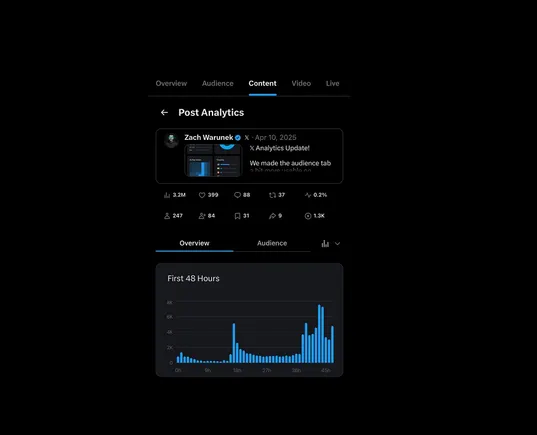

















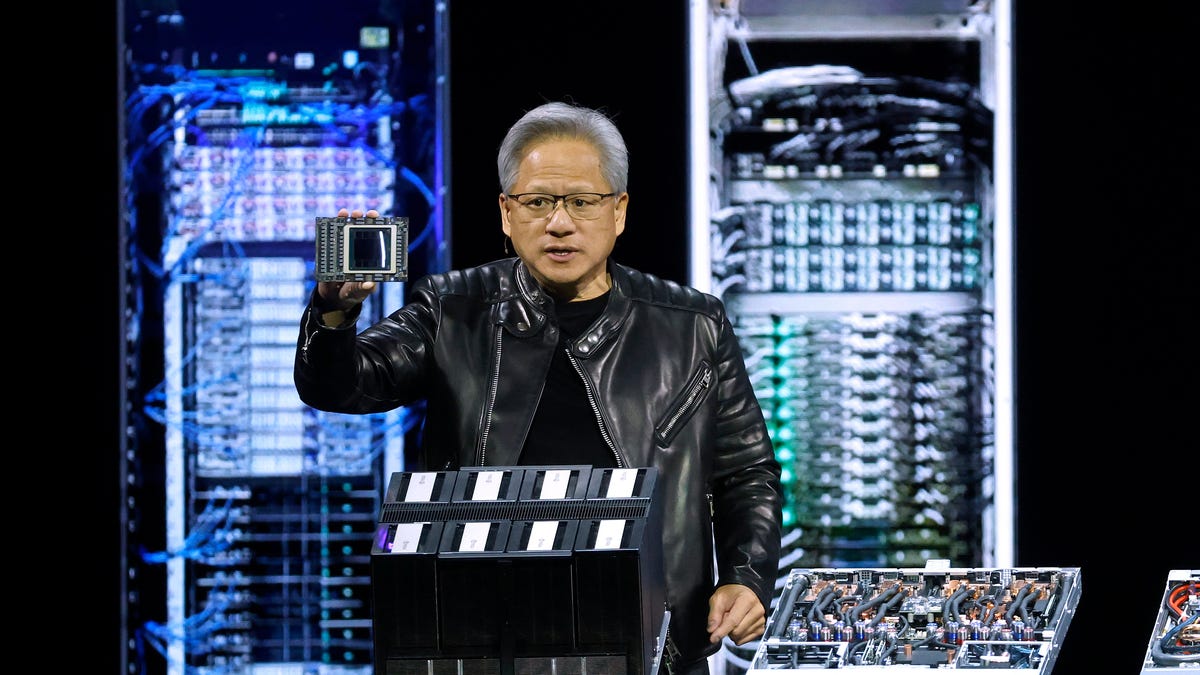









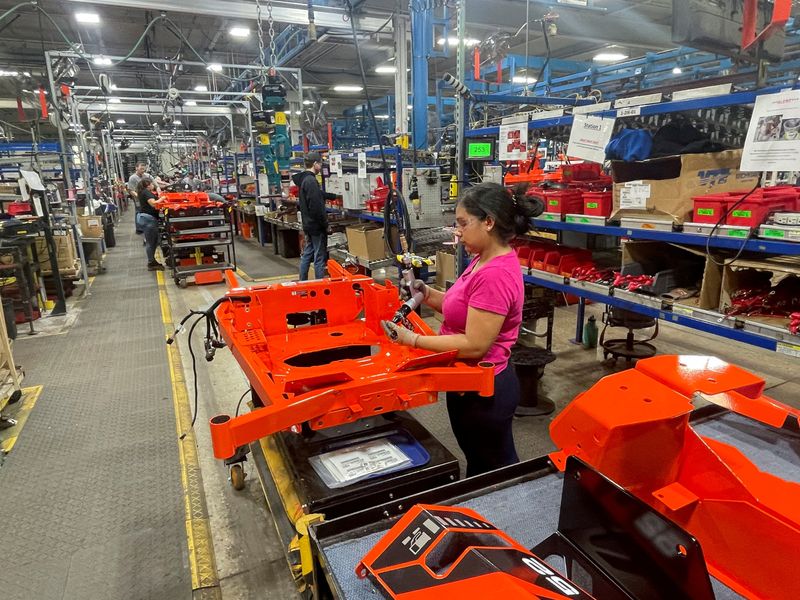




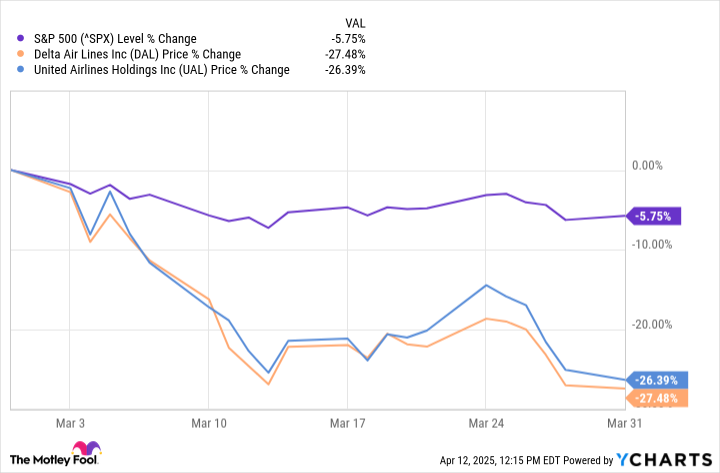

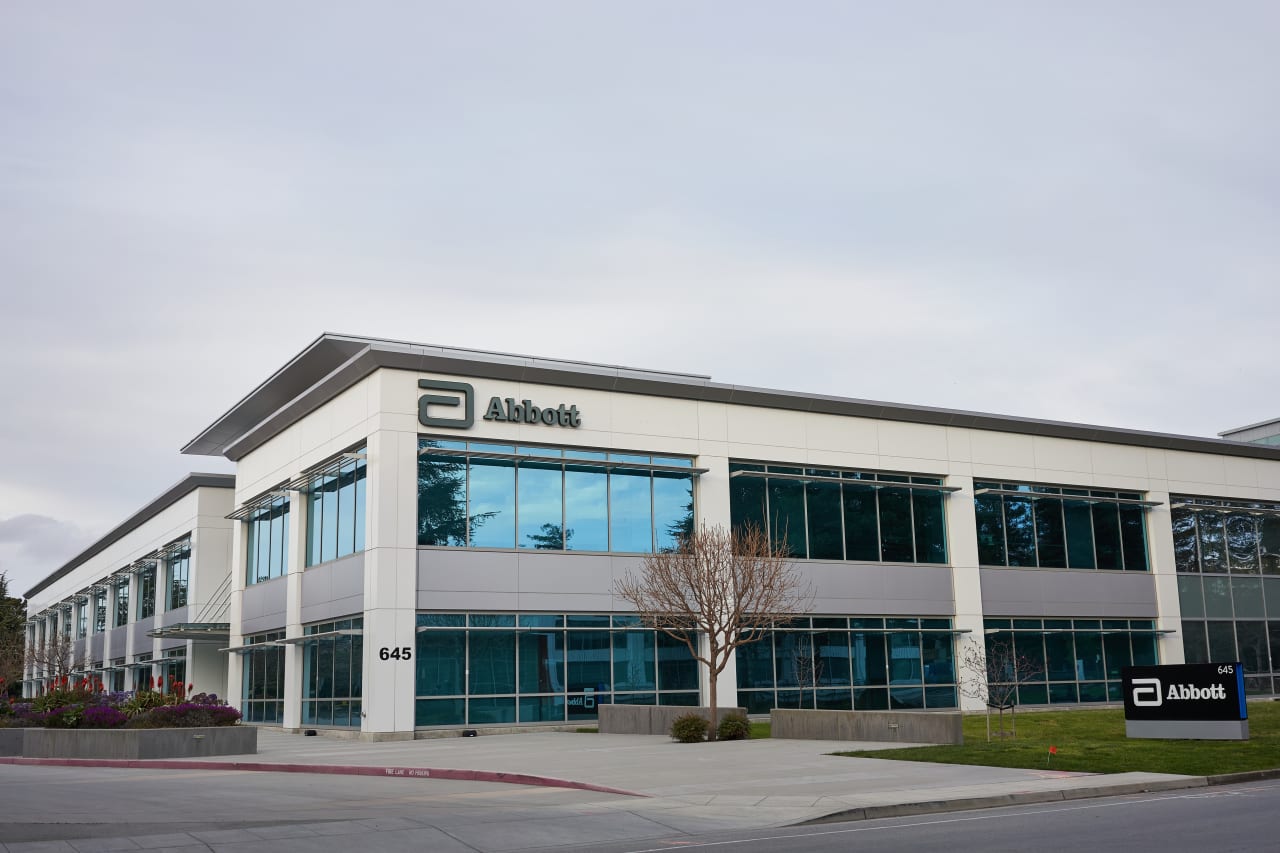















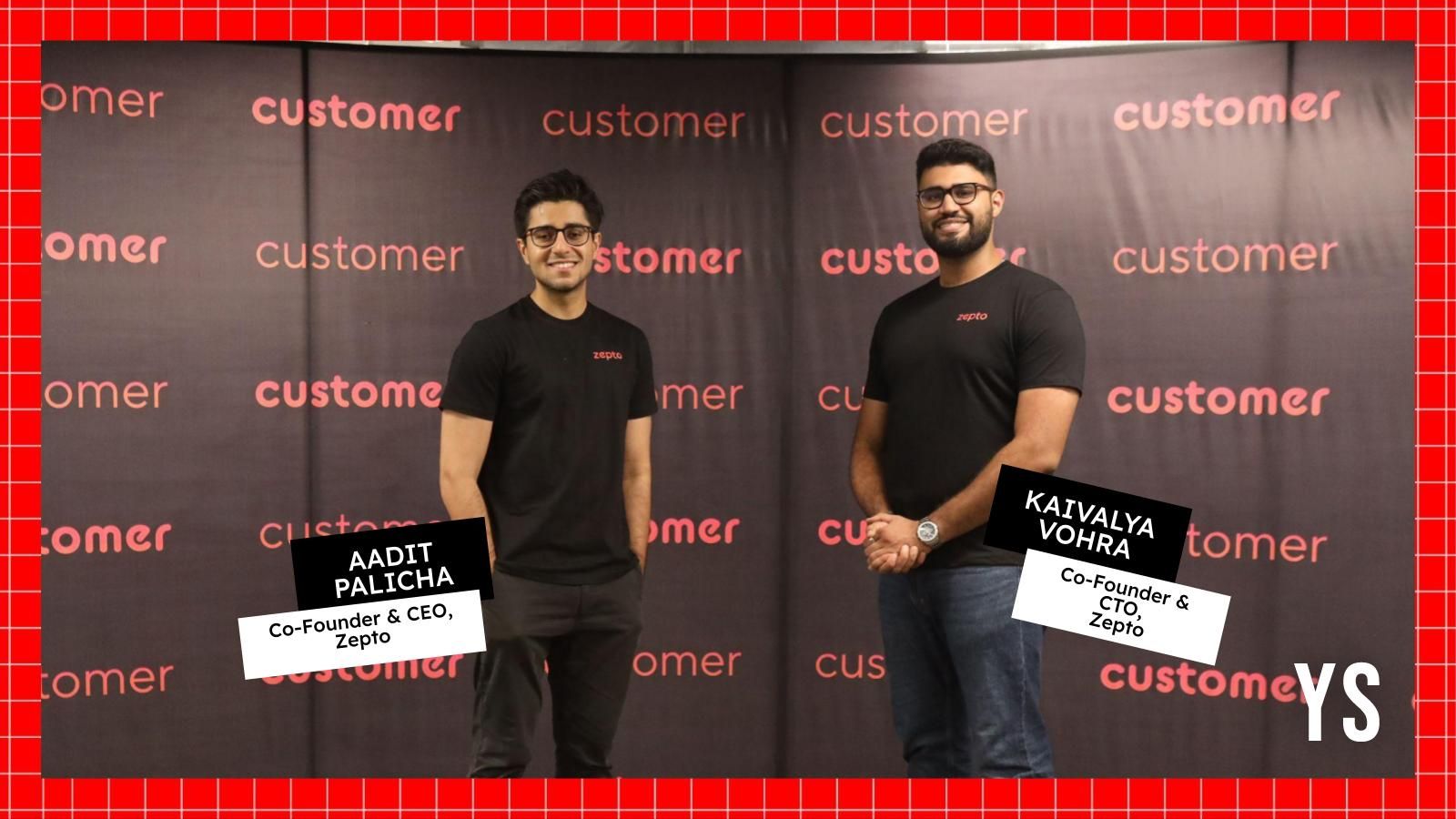










































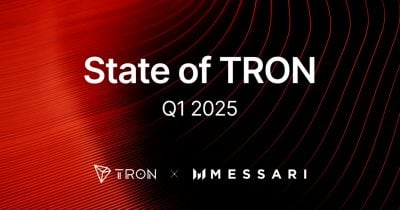














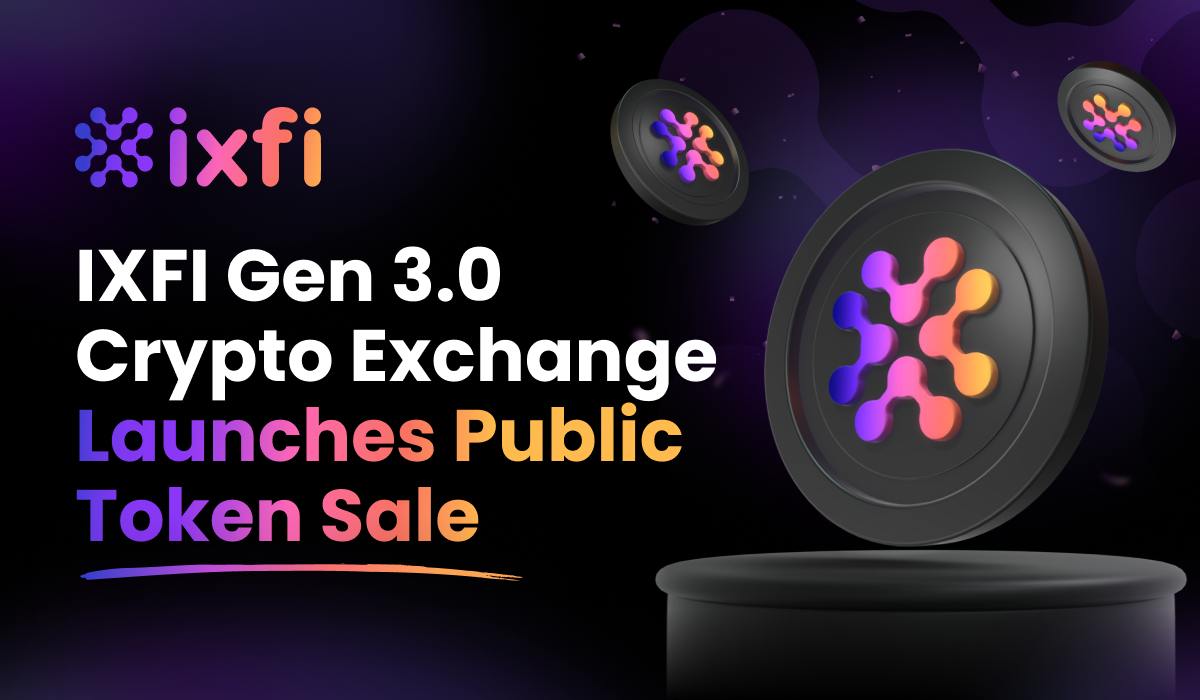














































































![[Weekly funding roundup April 5-11] VC inflows into Indian startups remain subdued](https://images.yourstory.com/cs/2/220356402d6d11e9aa979329348d4c3e/WeeklyFundingRoundupNewLogo1-1739546168054.jpg)

![How to Find Low-Competition Keywords with Semrush [Super Easy]](https://static.semrush.com/blog/uploads/media/73/62/7362f16fb9e460b6d58ccc09b4a048b6/how-to-find-low-competition-keywords-sm.png)


